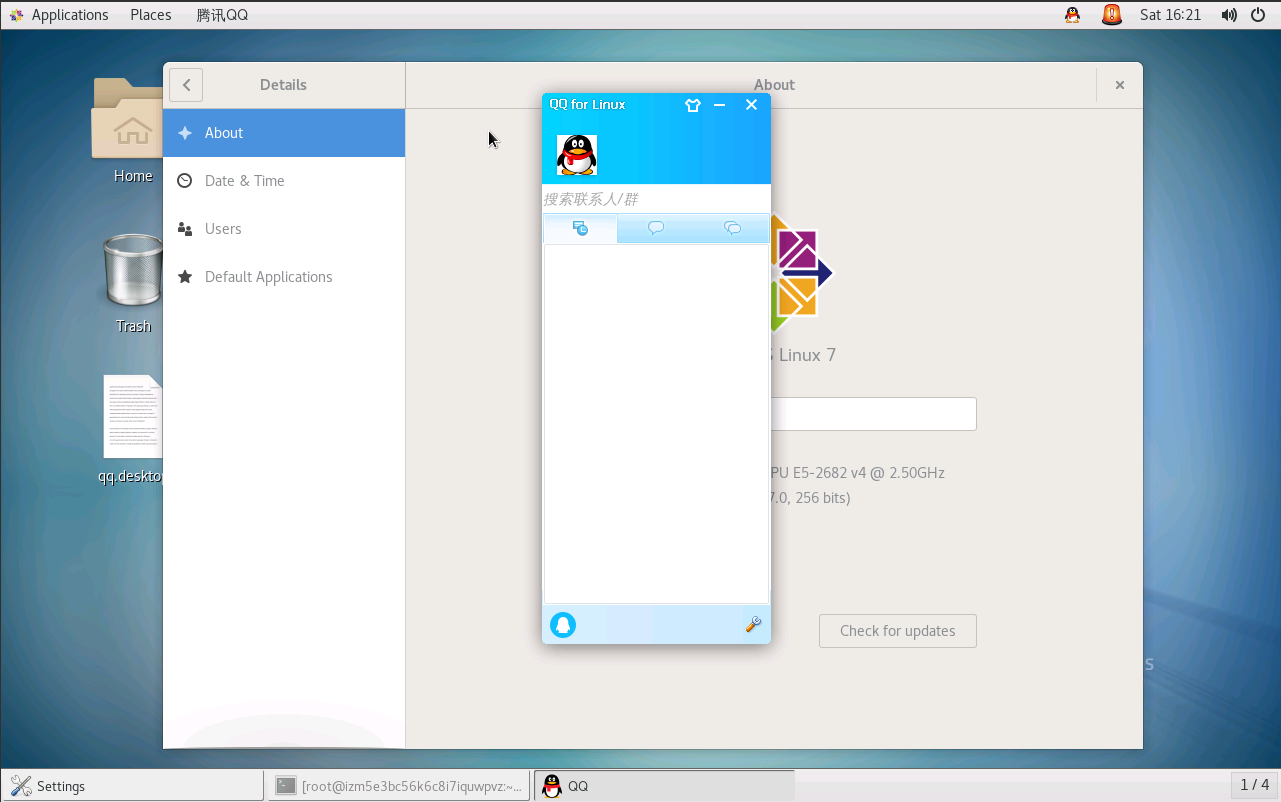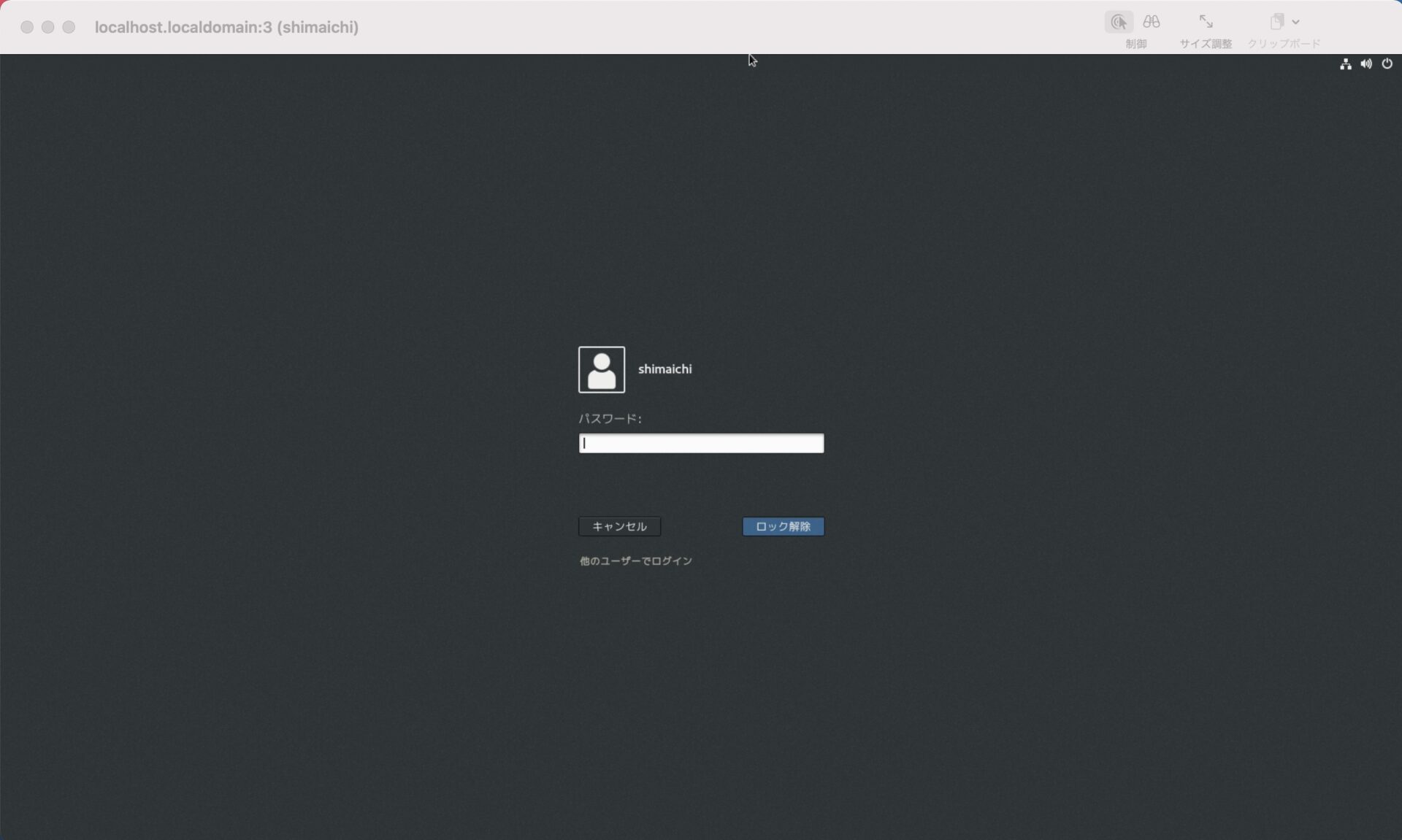

So we need to create new service file for it.

In this tutorial, we will run the VNC server as a service. The new vnc session is running with our default desktop XFCE. Next, copy the default ‘Xresources’ configuration in the ‘edward’ user home directory.Īnd make the ‘xstartup’ script executable by changing its access permissions. Now backup the default configuration and create a new one using vim. We will edit the VNC configuration file ‘xstartup’ under the ‘.vnc’ directory.īefore editing the vnc configuration, kill the first vnc session using the command below. In this step, we will configure the VNC server for using the XFCE desktop. The first time we run the ‘vncserver’ command, it will automatically create a new configuration directory ‘.vnc’ and run the first vnc session.Īnd you will get the first vnc session is running, as shown below. The user who logs in to the server using a ‘view-only’ password will not be able to control the mouse and keyboard. For ‘view-only’ password, you can enable or disable it. You will be asked for the vnc server password – type in your password. Now initiate the vnc configuration for ‘edward’ using the following command. In this step, we will generate the vnc configuration for the user ‘edward’. The XFCE desktop with TigerVNC has been installed.
TIGERVNC SERVER MINIMAL INSTALL
Yum -y install tigervnc-server tigervnc-server-minimal Now install the XFCE desktop using the yum command below.Īfter the installation is complete, install the ‘tigervnc-server’ package. XFCE is a lightweight deskto that is well suited for a server environment.īefore installing the XFCE desktop, install the latest EPEL repository. For this tutorial, we will be using the XFCE desktop as our VNC desktop environment. Linux has several desktop environments such as Gnome, Unity, KDE, LXDE, XFCE etc. Step 2 – Install XFCE Desktop and TigerVNC Type the ‘edward’ user password and make sure you get root privileges.

Now add the user to ‘wheel’ group for sudo command access.Īfter all this is done, login as ‘edward’ and then run the ‘sudo su’ command. I’ll choose the username ‘edward’ in this example. So, we need to create a new user and add it to the ‘wheel’ group for root access.Īdd a new user using the command below.
TIGERVNC SERVER MINIMAL UPDATE
Step 1 – Update CentOS and add a Linux Userīefore we start installing and configuring the VNC server, please update your CentOS using the yum command.įor this guide, the VNC desktop will be available for a non-root user.

TIGERVNC SERVER MINIMAL HOW TO
In this tutorial, I will show you step-by-step on how to set up a VNC server on CentOS 7. If you’re not yet comfortable with the CLI things like terminal etc, you can use VNC to make it easier to manage files, software, and system settings. A VNC server transmits all keyboard and mouse events from the client computer to the server computer. VNC or Virtual Network Computing is a graphical desktop sharing tool that allows you to control a computer (server) remotely from another computer (client).


 0 kommentar(er)
0 kommentar(er)
